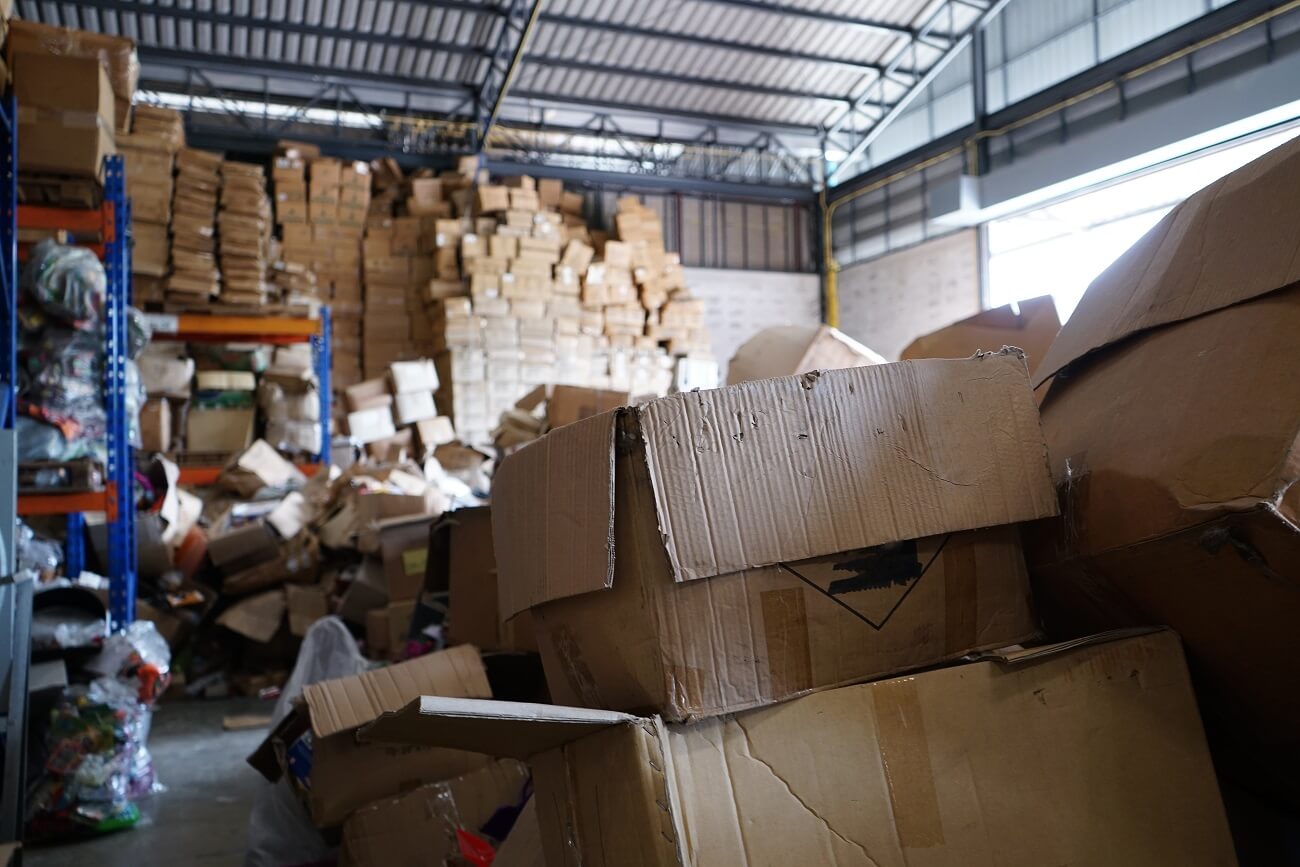
Warehouse Management
December 18, 2020
How to Keep Your Warehouse Organized as You Scale
Scaling a business almost always is messy. For warehouse operations, however, scaling is particularly problematic; efficient warehousing relies on visibility and clear workflows, two areas that often break when a business is expanding.
Sometimes the strain is not immediately evident, although there are telltale signs that business scaling is causing trouble:
- Customers are complaining more often about delivery times
- The sales team is far ahead of fulfillment, with no signs this will change
- Cashflow problems are emerging that relate to fulfillment
- Orders must be cancelled to keep up
- Hiring is about filling roles, not finding the right people
- Customer reviews are turning negative
There are other signs that warehouse operations are off, and disorganization from scaling is wreaking havoc. By tracking certain key performance indicators (KPIs), your business can catch the challenge early before they lead to lost sales and unhappy customers.
KPIs: The Canary in the Coal Mine
When it comes to warehousing, there are five KPIs you should watch to spot growth issues in the making.
- On-Time Shipments
A disorganized warehouse is inefficient, with stock hard to find and order workflow out of whack. A reduction in on-time shipments is a clear sign that your warehouse operations are not healthy.
On-time shipments = # of order shipped on time/total # of orders shipped
- Inventory Accuracy
One of the most important KPIs you can track, inventory accuracy is critical when scaling warehouse operations. Not having a true count of what’s on hand is messy on a small scale, but disastrous as you grow.
Inventory accuracy = database inventory count/physical inventory count
- Weeks on Hand
How much stock you have on hand in your warehouse(s) is important for order fulfillment and efficiency. You don’t want to carry too much stock, but your business needs enough to never run out. As you scale, this metric also will change. So this is an important KPI for keeping your warehouse performing optimally as business grows.
Weeks on hand = (Average inventory for the accounting period/cost of goods sold during same period) * 52
- Carrying Cost
The cost of storing each unit of stock over time can make a big difference in warehouse operations during expansion, with a higher cost signaling trouble. This is especially since during expansion, your business likely will need to keep more stock on hand to meet increasing demand.
Carrying cost = Total inventory value/cost of storing goods over a given time
- Rate of Return
Rate of return is the percentage of orders or items that you sell that are returned. This is a relatively strong metric of overall warehouse operations health, since inaccurate or late shipments will often show up as an increase in returns. A higher return rate can come from other parts of the business, but warehouse operations certainly is a prime suspect.
Rate of return = number of units returned/number of units sold
How to Stay Organized During Expansion
The two biggest reasons that warehousing suffers when a business scales are inadequate workflows and systems that don’t cannot handle the increased stock movement. Conveniently, both of these come back to insufficient backend IT systems.
When warehouse operations are small, pick and pack inefficiencies and other workflow issues are more of an annoyance than a critical business issue. But as a business scales, the impact of these small inefficiencies increases.
Standardized workflows and process automation are critical for scaling warehouse operations, and this requires a robust enterprise resource planning (ERP) system that can scale with the business and enable automation and workflow standardization.
When Rothy’s began scaling, a shoe manufacturer with a big warehousing operation, it made sure it got the right ERP solution in place before warehouse volumes increased too much.
“We wanted to make sure we didn’t get too far out over our skis; that the wheels didn’t fall off later,” says Ulion Riebe in a recent case study on scaling successfully, Rothy’s head of finance and one of the team leads for the company’s growth plans. “We needed to have these systems all talking to each other in real-time, with not a whole lot of manual intervention.”
Just as important for scaling warehouse operations is having a good warehouse management system (WMS) in place. WMS integrates with a company’s overall ERP system and helps manage stock and warehouse operations from a centralized dashboard.
While small warehouse operations can get away with more generalized or homegrown solutions, as a business scales it needs a dedicated, specialized system for tracking and optimizing warehouse operations in real-time. Lacking a WMS is one of the largest reasons for warehouse disorganization during expansion; when warehouse operations strain existing IT systems for warehouse management, disorganization and a measure of chaos usually ensues.
This just scratches the surface of efficient warehouse operations as a business grows, of course. For a more detailed look at how to scale your warehouse, take a look at our free guide on the topic, Understanding Warehouse Optimization .
